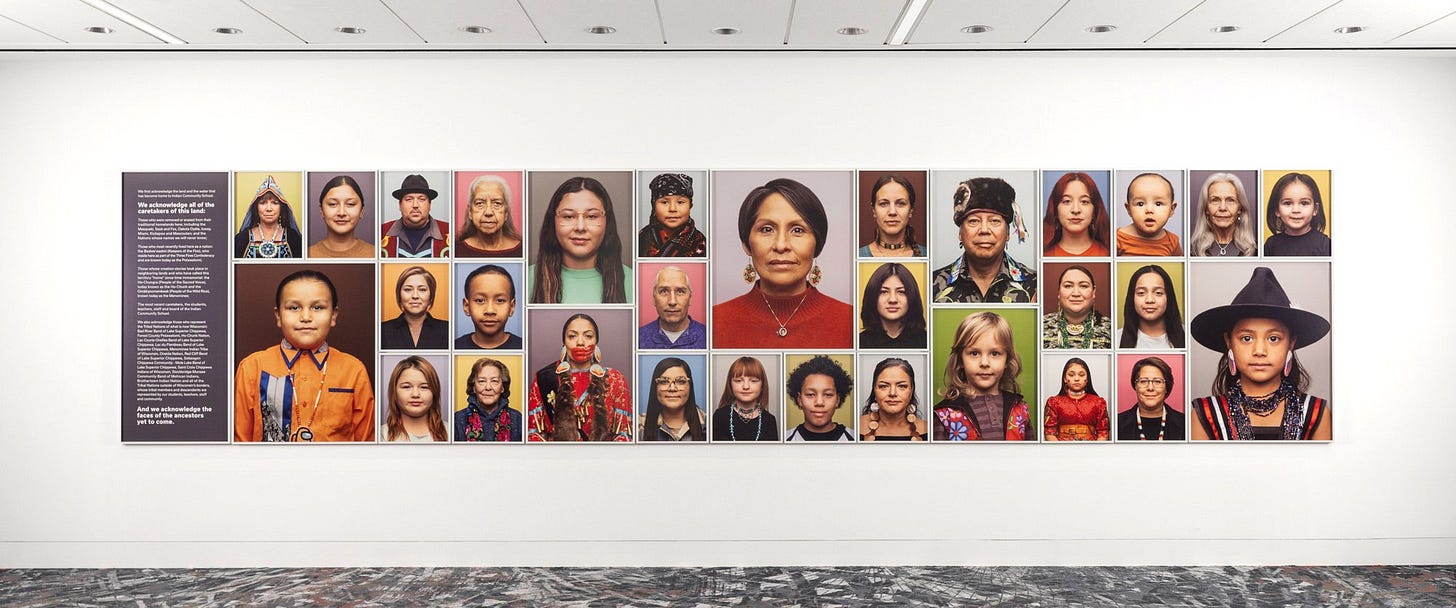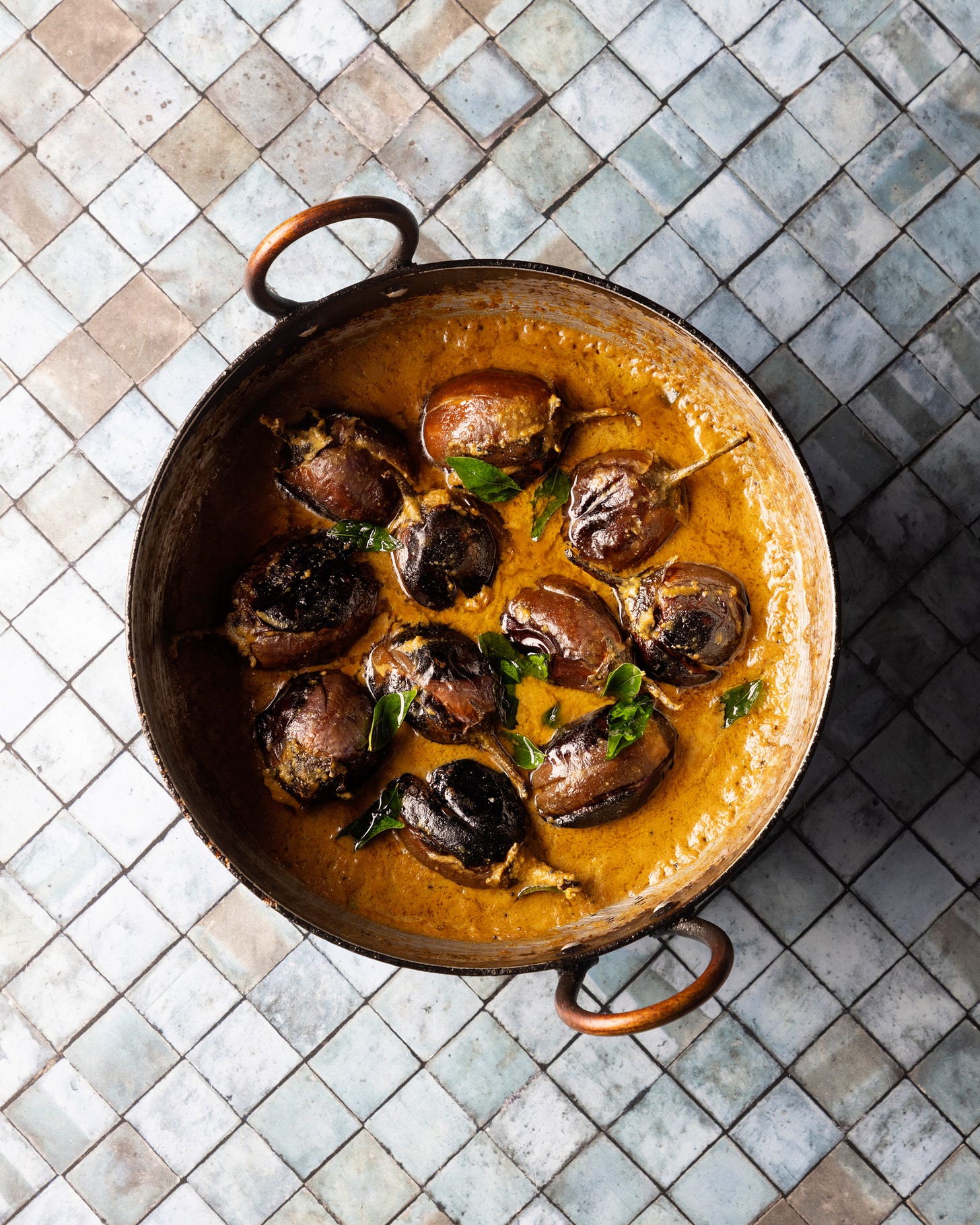Dear readers,
Our beloved Milwaukee-based photographer Kevin J. Miyazaki was kind enough to respond to an email interview last month. Our correspondence was lightly edited for clarity. See below!
A: Hello Kevin! I’d love to hear a bit about how you ended up as a photographer and artist.
K: Hi Auyon! I knew I wanted to be a photographer since I was about 15 years old, after finding a box of old cameras in the family attic. My first pictures were with a very old Brownie camera, which required you to manually advance the film. I would forget to do that, and the results were interesting multiple exposures (of my siblings, cat, house) which was exciting. A lot of photographers have said that they had an ‘aha’ moment when in the darkroom for the first time, but I think making those first ‘mistakes’ was mine.
I was lucky to have an inspiring mentor, a Sports Illustrated photographer named Heinz Kluetmeier, the father of one of my classmates, who was very kind to me. My parents were always very supportive, and when it came time to attend college, encouraged me to have a backup plan. So I have a degree in graphic design, but never worked professionally as a designer. I’m fortunate that photography hit me early and I’ve never looked back.
A: In addition to your commercial work, you have a beautiful and multidisciplinary portfolio of artwork on your website. How do you balance your commercial work with your art making?
K: My artwork is very important to me, and much of it is deeply personal, addressing my Japanese American family history and the ideas of migration, memory and identity. I grew up in the suburban Midwest, far from most of my extended family and larger Asian American communities. I had a wonderful childhood and appreciate the friends and people who shaped it. But I was also always the only person of color in many spaces, and the older I get, I want to understand and learn more about my ancestors and Japanese culture. In my late 50s, I find myself feeling more Asian American than I ever have.

I’ve also been lucky to work with different communities in large portrait projects, most recently a public art piece in collaboration with Indian Community School, which is based near me in Milwaukee.

The artwork and commercial work occupy different sides of my creative brain, though I’m passionate about both. I’m not sure if one informs the other, but I never feel like I’ve technically learned all I can, so gaining new skills from one expands what I can do in the other.
A: How do you choose which projects to work on and which projects to pass on as a commercial photographer? Relatedly, what aspects of Heartland Masala made it seem appealing enough for you to sign on?
K: Some of the most rewarding cookbook projects I’ve shot have addressed ethnicity, culture and place. Heartland Masala was so appealing to me because it addresses Indian food, culture and history—all from the viewpoint of Midwestern authors, which is something I can relate to. The older I get, the more I want to work on projects that really interest me. I’ll do just about anything to sign on to a project that I’ll feel proud to be associated with.
A: Do you always try to find local food and prop stylists to work with? If so, what do you look for in potential teammates when seeking them out in a new city?
K: Cookbook projects are such collaborations that I always want to work with stylists that will be great at what they do, but also good people. I had not worked with Trina or Abby before, but they brought so much talent and good energy to our shoot. With great stylists on a set, I feel like my job is so easy.
A: Could you give a brief description of the work you do while on shoots, and a description of the prep/legwork you have to do in advance for shoots?
K: Each shoot is different, in terms of the assembled team and location. On cookbook projects, the food stylist carries a large part of the load, as they prep and plan for the timing of how we shoot. I always follow their lead and let them set the schedule. It’s so important that the food looks as good as it can, so I’ll be ready and prepared when it is.
I try to shoot with a large monitor so we can all see the pictures as they’re being made. My setup is quite compact—enough gear to make the pictures we need, but not so much to burden us. I truly feel cookbooks can be shot anywhere, from studios to kitchen tables in author’s homes. We had a good location in your house, just enough room to work, but also for it to feel like home.
Part of my job is making sure the collective set of pictures has variety and flows well. We create a set of small prints as we work, so we can see how images in any given chapter work together. The prop stylist makes sure we have a good variety of choices, and when things are flowing well, we all agree on the right setting for a shot when we see it.

I select our hero shots as we go, and soon after the shoot wraps, do some retouching on the pictures and submit high resolution files to the publisher.

Could you describe a few of your favorite projects? Relatedly, any favorite or standout memories from the Heartland Masala shoot?
K: I was born in the Midwest, but my mom is from Hawai’i and most of my extended family and history is there. So I feel really grateful to have shot 3 cookbooks there: two with Sheldon Simeon (Cook Real Hawai’i and the forthcoming Ohana Style) and To Lahaina, With Love, a benefit book for the victims of the wildfires. I’ve shot magazine travel assignments for the past two decades, so I love projects that combine food and recipe images with travel photography. I’ve been lucky to often be around wonderful food on shoots, but I have to say that our team lunches in Jyoti’s kitchen were memorable. Of course the food was amazing, but the home setting made it extra special. I left feeling like part of the family.
Thanks for reading. Until the next installment—which, if all goes according to plan, will include our fall tour schedule!
Love,
Auyon



I eagerly read each of your posts and I’m awed by the many facets of creating Heartland Masala.
Kevin is the best!